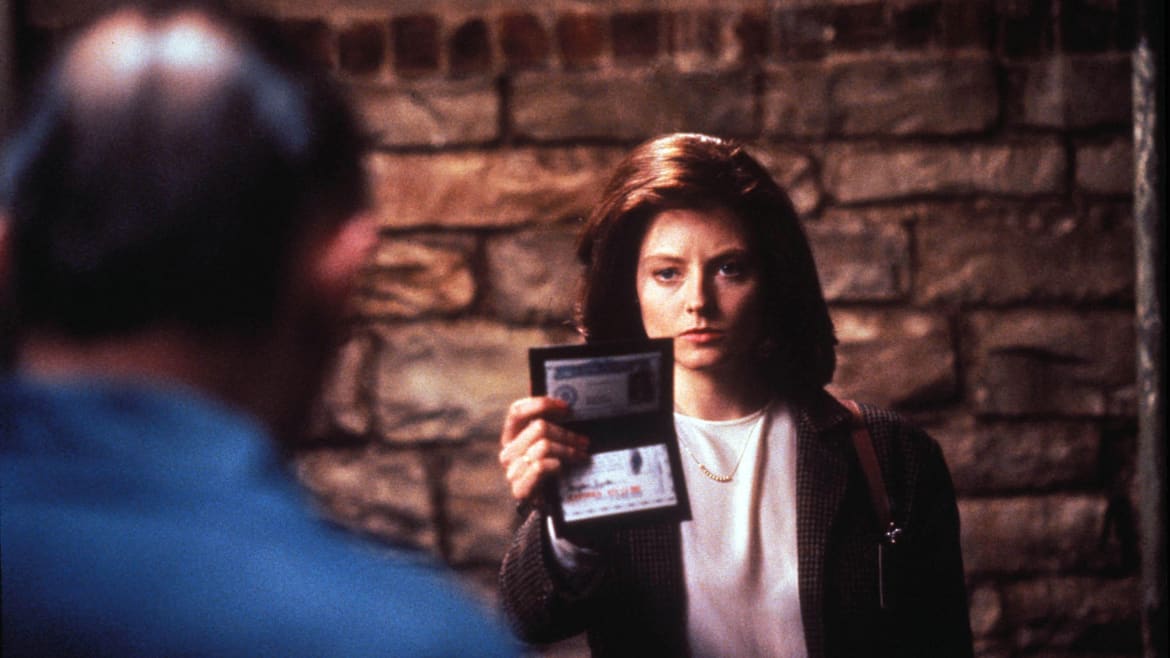Alamy
Hannibal Lecter came to broad public attention with The Silence of the Lambs, both the 1988 novel and the 1991 film, but Thomas Harris had been refining Hannibal ever since he first appeared in his novel Red Dragon in 1981, and he continued to fill in his backstory through another two novels, giving him aristocratic Lithuanian and Italian heritage and a traumatized childhood. His parents, we learn in Hannibal Rising (2006), were killed by a Nazi bomber, his sister murdered and eaten by Nazi collaborators right before his eyes. Unknown to himself at the time, Lecter is fed his sister’s remains.
Broadly speaking, Lecter was apparently inspired by a well-born Mexican doctor, Alfredo Ballí Treviño, who murdered his friend and lover and mutilated his body and later is thought to have killed and dismembered an unknown number of hitchhikers back in the late 1950s and early ’60s. (I’ll say it again: Don’t hitchhike!) Out of that seed eventually grew, in Thomas Harris’ hands, a genius-monster who turned his victims into gourmet meals and played nonstop mind games with anyone who tried to engage him. To be sure, Lecter is a brilliant creation, but if we had Harris’ rich imagination and literary skills and an actor of Anthony Hopkins’s talent to bring him to life, any one of us with the Behavioral Science Unit (BSU) could have come up with something similar.
Hannibal Lecters were our daily diet (no pun intended). We saw echoes of him constantly—through in-person interviews we conducted, by studying their victims’ remains, and by poring over case studies of earlier serial killers to hone our understanding. Most of us had seen our own Hannibal Lecter face-to-face in one form or another, often in unforgettable circumstances.

